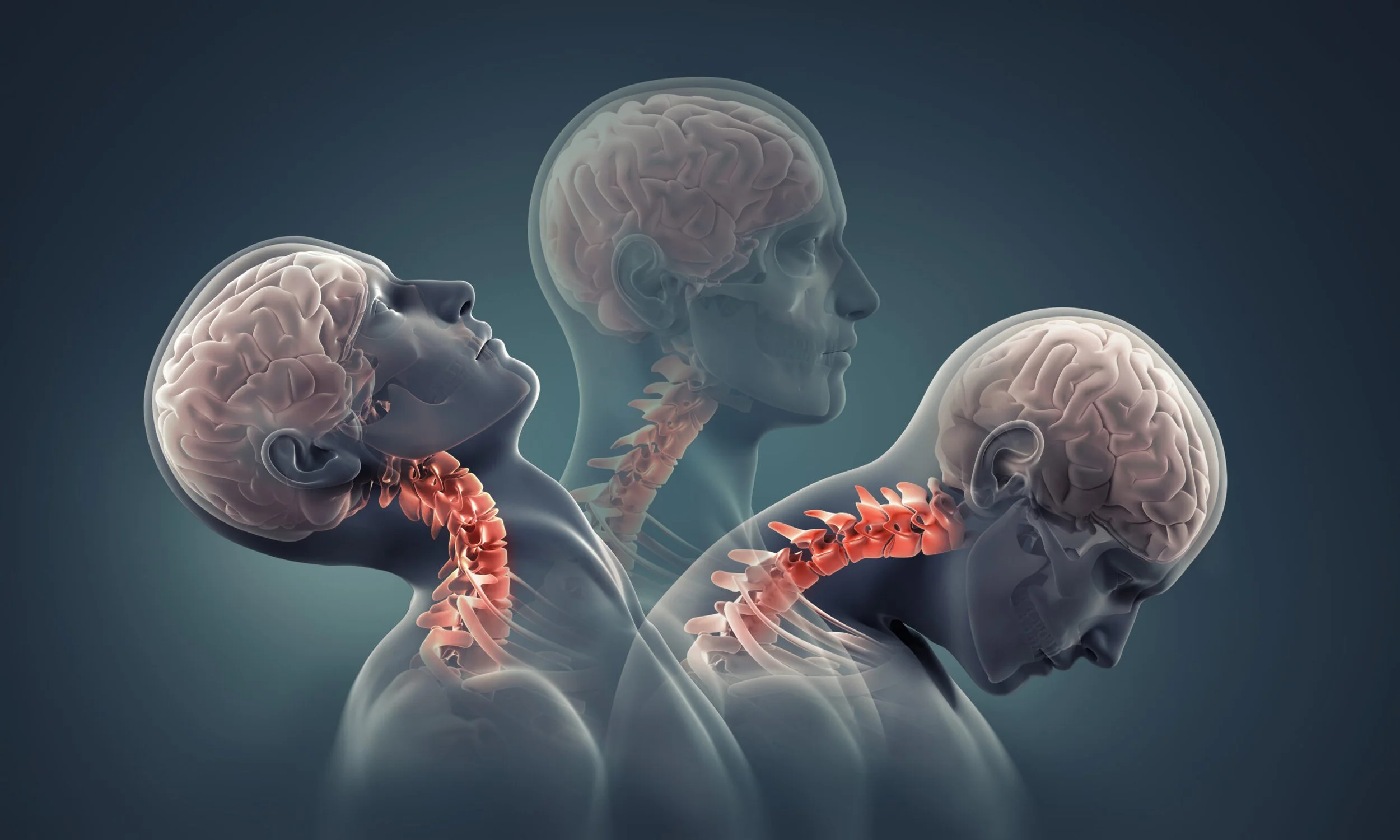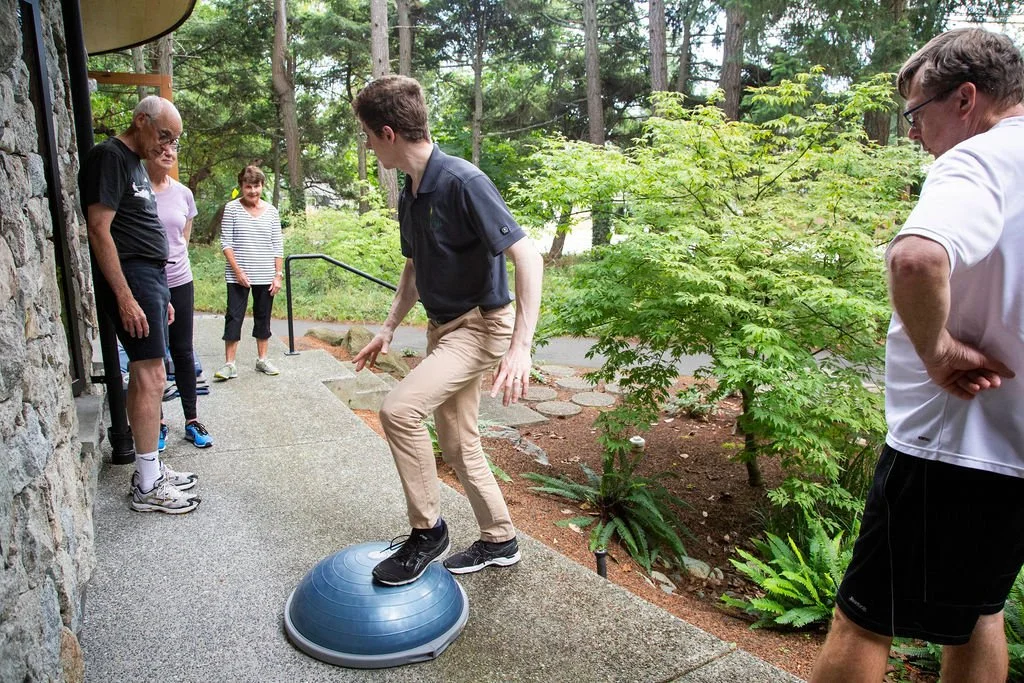How to Recover from Whiplash
Follow these tips to heal safely and quickly from your neck injury
Whiplash is a common condition experienced after any type of forceful back and forth motion of the neck, and is typically used to describe neck pain experienced after a vehicle or sports accident. Most often, whiplash injuries are the result of trauma to the “soft tissue”, which includes muscles, ligaments, tendons, and discs. Usually it’s not necessary to identify which soft tissue is injured, and scans or x-rays are generally not needed to determine how to manage this condition.
How long does whiplash last?
Neck and back pain are typical symptoms following a whiplash injury. Fortunately, the vast majority of people improve relatively quickly. Research shows that most people return to all their regular activities within a month, although they may still be experiencing some pain.
Short Term Treatment for Whiplash
From a treatment perspective, short term use of pain medication in the first weeks post injury may be helpful in bringing your pain down so that you can become more active. Prolonged use of painkillers, however, may actually decrease your threshold for pain resistance and it’s not recommended.
Physiotherapy for Whiplash Recovery
Skilled manual (hands-on) therapy as part of a physiotherapy treatment program can also be beneficial in the short-term. Active treatments are well supported in studies on whiplash and should definitely be a component of your recovery.
On the other hand, passive treatments such as ultrasound, laser, and bed rest are not supported by the research.
“Research suggests that an early return to regular activities, even with pain, speeds recovery from whiplash.”
Stay Active and Be Positive
Take an active role in your own recovery, and make time to do activities that decrease your pain and stress.
Studies show that individuals who are able to return to work and the daily activities they enjoy, tend to recover more quickly. You don’t have to be pain free to return to work, and research suggests that an early return to regular activities, even with pain, speeds recovery from whiplash.
Try to stay positive about your recovery, since attitude is a significant part of the rehabilitation process. It’s also important to know that people can experience increased stress, altered mood and anxiety after an injury. If these feelings are interfering with your ability to function in your day to day life, do speak to your health care provider.
Exercises for Whiplash
Gentle neck and shoulder exercises can help your neck recover more quickly after whiplash. Here are a couple of simple movements to get you started right away after an injury:
Neck rotation – gently turn your head as far as you feel comfortable to the right and then to the left. Repeat 10 times, and perform them two to three times a day
Neck side flexion – gently bring your right ear to your right shoulder, and then your left ear to your left shoulder. Repeat 10 times, and perform these two to three times a day.
Physiotherapy is an effective treatment for whiplash, and will provide you with resources and exercises for you to continue your recovery at home. At Tall Tree Health, our Registered Physiotherapists are leaders, educators and innovators in their field, and you can expect the highest standard of care.




































